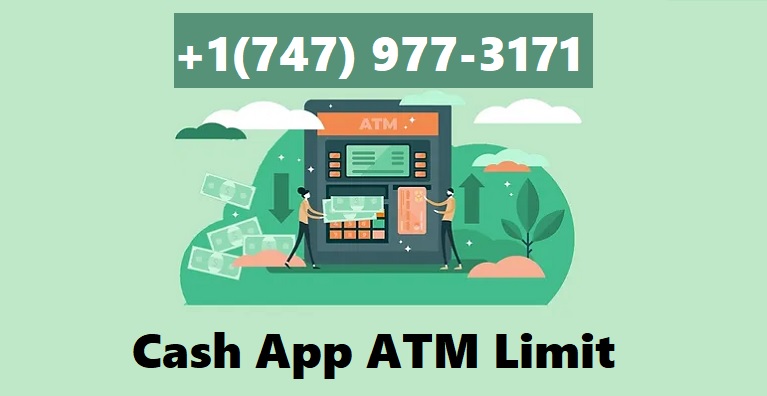
In today’s fast-paced digital economy, Cash App has emerged as a leading mobile payment solution, offering users the convenience to send, receive, and invest money instantly. While its simplicity is appealing, many users are unaware of the platform’s transaction limits, which can impact how they use the service. In this comprehensive guide, we delve deep into Cash App limits, explaining how much you can send, receive, and withdraw, and how to increase those limits effectively.
Understanding Cash App Limits: An Overview
Cash App, developed by Block, Inc. (formerly Square, Inc.), sets transaction limits to ensure compliance with federal regulations and to protect against fraud. These limits vary depending on whether a user has verified their identity.
Unverified users are subject to more restrictive limits, while verified users enjoy significantly higher thresholds for sending and receiving money.
Cash App Sending Limits
Unverified Account Limits
For users who have not provided full identity verification (i.e., legal name, date of birth, and the last four digits of their SSN), Cash App limits sending to:
- $250 per 7-day period
This limited threshold may be suitable for casual users or small transactions but is often insufficient for frequent use.
Verified Account Limits
After verifying your identity, your sending limit increases substantially:
- Up to $7,500 per 7-day period
This elevated cap supports larger transactions such as paying rent, splitting bills, or making business payments, making Cash App a more versatile tool.
Cash App Receiving Limits
Unverified Users
- Can receive up to $1,000 in 30 days
This is cumulative, meaning if you receive $1,000 in 10 days, your account will be restricted until the next 30-day window opens.
Verified Users
- No specific receiving limit is imposed.
Once verified, users can receive unlimited amounts, enabling greater flexibility, especially for business owners, freelancers, and individuals who receive frequent payments.
Cash App Withdrawal Limits
Users can withdraw money from their Cash App balance through two main methods: ATM withdrawal and bank transfer.
ATM Withdrawals on Cash App
- $310 per transaction
- $1,000 per 24-hour period
- $1,000 per 7-day period
To use ATMs, a Cash App Card is required. It functions similarly to a debit card and is accepted at most major ATMs.
Bank Transfers (Cash Out)
Cash App supports standard (1–3 business days) and instant transfers to linked bank accounts.
- No strict withdrawal limit is defined, but large amounts may require additional verification.
- Instant transfers incur a fee of 0.5% to 1.75% with a minimum fee of $0.25.
Cash App Bitcoin Limits
Cash App also offers Bitcoin buying, selling, and withdrawal, but these transactions come with their own set of limits.
Buying Bitcoin
- Up to $100,000 worth of Bitcoin per week
Sending and Withdrawing Bitcoin
- Up to $2,000 worth of Bitcoin per 24-hour period
- Up to $5,000 within a 7-day period
To engage in Bitcoin transactions, users must verify their identity, often with additional steps like photo ID and real-time selfies.
Cash App Direct Deposit Limits
Users who enable direct deposit via Cash App can receive payments like salaries, government checks, or tax refunds.
- Up to $50,000 per 24 hours
- Up to $25,000 per direct deposit
This makes Cash App a viable option for receiving payroll deposits directly into your app balance, eliminating the need for traditional banking.
How to Increase Your Cash App Limits?
To increase your sending and receiving limits, users must verify their identity. Here’s how:
- Open Cash App
- Tap the profile icon in the top right corner
- Select Personal
- Enter your full legal name, date of birth, and last four digits of your SSN
Cash App may request additional verification, such as a government-issued ID or a selfie, to confirm your identity. Once approved, your limits will be automatically updated.
Why Cash App Limits Matter
Understanding these limits is critical for:
- Avoiding transaction delays
- Planning large payments
- Running small businesses
- Complying with tax and legal regulations
If your payment exceeds the limit, it will fail or be delayed, which can disrupt critical financial activities.
Cash App Business Account Limits
For entrepreneurs and freelancers, Cash App offers a business account option with different terms:
- Typically higher sending/receiving thresholds
- This may include transaction fees on payments received
- Useful for managing invoices, customer payments, and tips
Unlike personal accounts, business accounts are tailored for commercial activities and can integrate with other business tools.
Security and Compliance Regulations
Cash App adheres to Know Your Customer (KYC) and Anti-Money Laundering (AML) laws, so identity verification is required for higher limits. This ensures:
- User authenticity
- Fraud prevention
- Regulatory compliance
By enforcing limits and verification, Cash App protects users and the platform from illicit financial activity.
Tips for Managing Cash App Limits Effectively
- Verify your account early to unlock full functionality
- Track your transaction history to avoid exceeding limits
- Use Cash App support if a transaction fails
- For larger needs, consider splitting transactions across multiple days
- Use the Cash App Card for convenient withdrawals and purchases
Conclusion
Cash App offers a streamlined and efficient way to manage your finances, but its transaction limits play a crucial role in how the service can be used. Whether you’re a casual user, a business owner, or a crypto enthusiast, understanding and optimizing these limits can help you make the most of the platform. Verify your account to unlock higher limits, use direct deposit for fast payments, and leverage the Cash App Card for everyday spending.